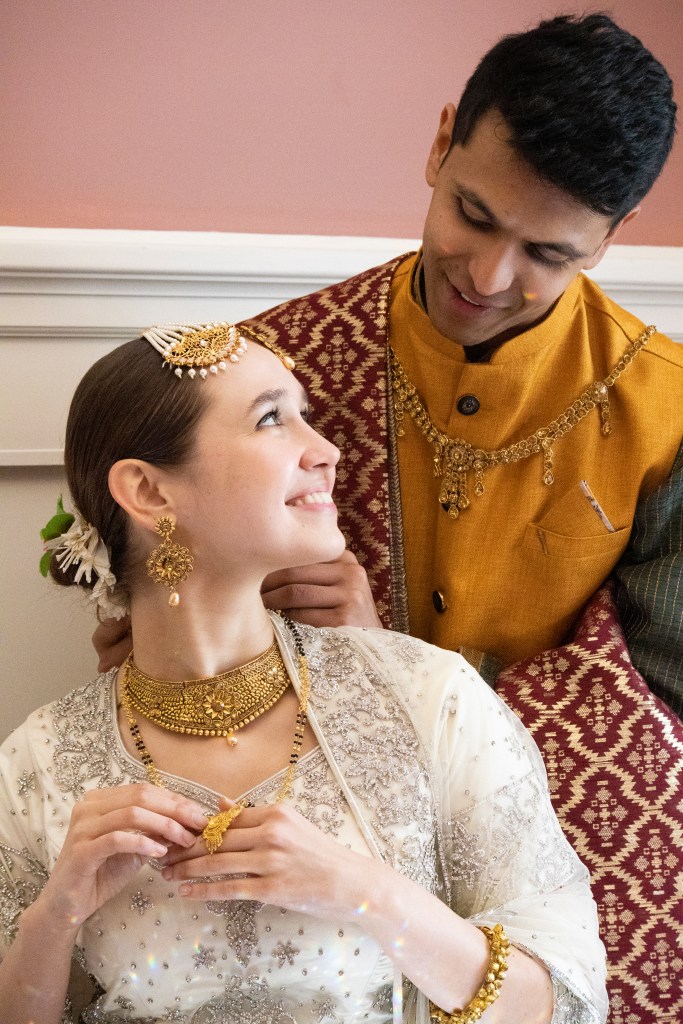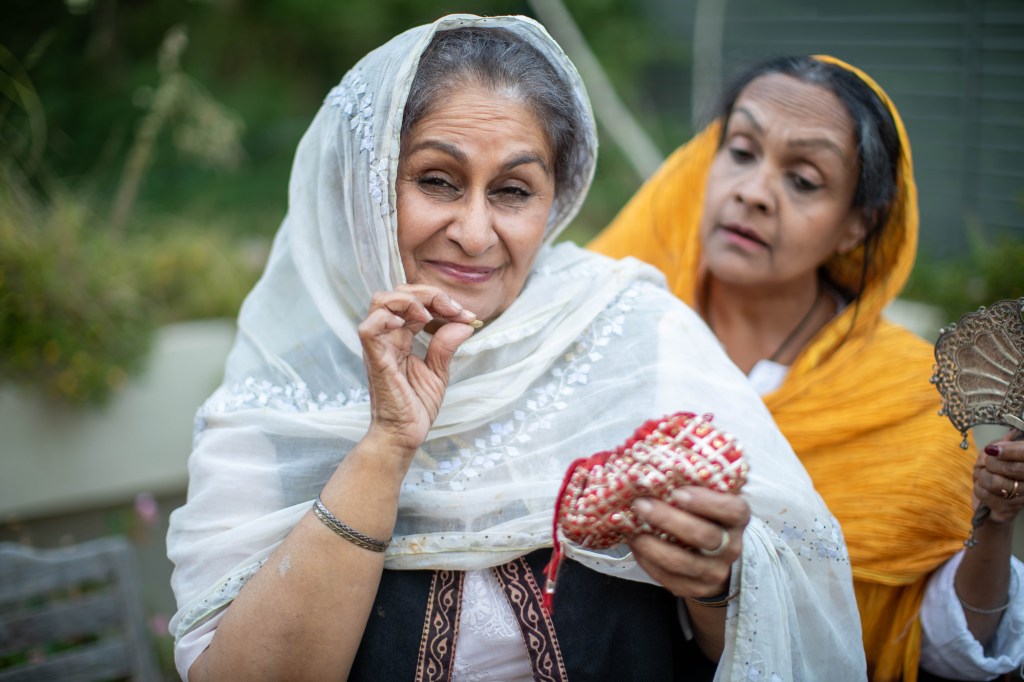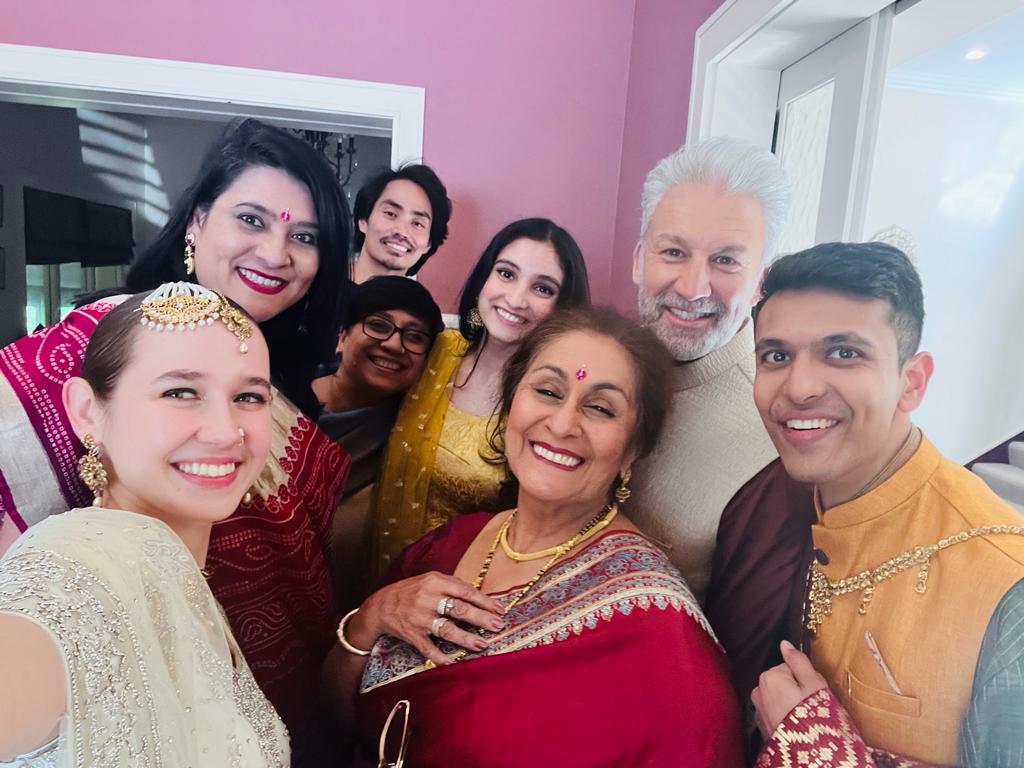South Asia undoubtedly has one of the richest theatrical traditions in the world, with stage magic entertaining South Asian audiences from ancient times to the present day. South Asian theater covers many types of performances across several culturally diverse countries.
It is the influence is not limited to these countries and continues to be an integral part of cultures far beyond their borders. It has historically shaped East Asian arts and is particularly notable in Southeast Asia, where the Ramayana And Mahabharata still thrive. South Asians also constitute one of the largest and fastest growing categories of Australian migrants, making their stories increasingly relevant in our contemporary theater landscape.
Yet South Asian theater is relatively unknown and underappreciated in Australia, and many people have a limited understanding of this important part of the world’s cultural heritage. The growth of South Asian theater companies is a sign of hope as they gradually become larger.
Arts Center talks to someone based in Sydney Adakar Theater and Cultural Group on the development of South Asian theater companies.
Meet Adakar
Adakar Theater was founded in 2014 by artistic director Saba Zaidi Abdi, who wanted to provide “a platform for creative expression of the South Asian diaspora” without sacrificing quality.
“This whole concept of connectivity and continuity was very important to us, so we don’t forget our diverse cultures because that’s what Australian society is about, unity and diversity – being proud of our different backgrounds, cultures and languages,” Abdi explains.
As a valued and trained professional producer and director In India, Abdi realized while working with some South Asian community groups that she was unhappy with the quality of their short plays.
“Most of them are not professionals, but they were very passionate and talented…Making a career is a very difficult profession for anyone, even for the general public, (but) even more so for the South Asian diaspora.
“I just wanted to do it in a more organized and quality way… You’d be surprised how much talent there is, which probably isn’t out in the open because it’s not mainstream. These are niche crops,” continues Abdi.
As such, Abdi summarizes that Adakar Theater “always tries to raise the play to a higher quality, so that we have good sets, lights, costumes, scripts and actors.”
Why should more Australians care?
As the Adakar Theater currently has a predominantly South Asian audience, it is working to attract a wider Australian audience.
Abdi explains: “We now need to think about the next step. How can we make our culture known to the general public? We want them to see how some communities in Australia live.
As Adakar Theater strives to maintain and encourage pride in South Asian culture, local relevance becomes paramount. Many of Adakar’s plays are adapted to the Australian context, making them more accessible to first and second generation South Asian Australians and other culturally diverse people living in Australia.

“One of our main concerns is not to limit ourselves to nostalgia and what we left behind, but to what is happening here and now,” says Abdi.
“When culture crosses borders, it changes form. It is no longer theater that we can make about what happened at home, you must adapt to the needs of Australian society as we experience it and integrate into it.
Sonal Moore, an Australian writer of South Asian descent and Adakar theater participant, echoes this sentiment. She says: “South Asian theater is important because we have a large South Asian population and allowing people from different backgrounds to see these plays on stage gives an insight into different cultures.
“Given that our lives have been shaped by the histories of the people around us, South Asian theater should be considered mainstream and not just for South Asian audiences,” Moore continues.
Abdi explains that English-language adaptations of works by well-known Indian writers have been made to reach a wider Australian audience. These include Girish Karnad Wedding album and that of Mahesh Dattani Where did I leave my Purdah?
Abdi also refers to a past production, the Hindi-language play Sri 420which adapts that of Molière Tartuffe in an Indian-Australian house to discuss the issue of religious exploitation by godmen.
“Theatre has a very important role to play, as it represents the social history of our times…There is a certain responsibility in capturing societal changes and projecting them into theatrical forms,” says Abdi.
Read: Finding the right balance at a festival of Australian Asian cultures
The growth of South Asian theater festivals
Another major area of growth in Australian South Asian theater is festivals, which have become an important part of Adakar’s operations. The festivals effectively embody many of these organizations’ goals of celebrating and developing, as well as showcasing, new South Asian stories and talent.
This year, the second Adakar Theater festival, Through the lens, enjoyed great success. An evolution of its first festival, which used existing storylines set in India, Through the Lens is the product of a writing competition for local Australian South Asian stories.

“The goal was to create and tell our stories – we don’t want them to be whitewashed. We tell our story through our lens as we see society today,” says Abdi.
Among the numerous scenarios entered, two original plays, Mangalsutra And Packaging, were selected by a jury of eminent playwrights. Improvements were then made – MangalsutraThe final performance was built on seven versions of the script.
Moore, who wrote Mangalsutra, says: “I had a very positive experience working on the Through Our Lens project. It was exciting to work with a team of creative people with different levels of experience and backgrounds. The play was difficult to produce, but everyone gave 100%.
Moore continues: “I think it’s extremely important to have festivals and competitions that showcase different stories.” His history Mangalsutra spans three generations and explores the evolution of culture in Australia over the past 50 years.
“A lot of people might think the stories are only about people of South Asian descent, but hearing non-Asian viewers say how much the themes resonated with them and their backgrounds was very exciting. It shows that these stories have their place on stage,” Moore says.
Mentoring was also provided to the actors, who were trained online by Indian experts, with information on different acting styles and techniques. Additionally, new and upcoming directors like MangalsutraIt is Sudip Sauden had the opportunity to direct instead of the usual well-known Indian directors with whom Adakar Theater regularly works.
This festival model has become very respected. Abdi says proudly: “Other professional groups have asked me if (we) would like to have another competition, so we are going to do it every year. »

The future and the frustration of financing
Just like its festival, the Adakar Theater has enjoyed success in the ten years since its creation. Abdi explains: “We created a whole community of theater lovers – theater professionals as well as audiences,” and many former Adakar participants have gone on to create other plays.
However, Abdi says limited funding poses a significant barrier to Adakar’s future expansion. Abdi tells Arts Center: “We want to reach out to the general public and we want them to see how certain communities live in Australia, but where is the support system? »
After repeatedly going through grueling grant application processes, the company decided to become fully self-sustaining. Abdi explains that this is because the government’s approach is so narrow that niche theaters like Adakar often do not meet the criteria.
Read: Not invited to the main stage: the unfortunate consequence of a disrespectful approach to diversity
“Theatre, in all its forms, needs a lot of support and funding. Even the best theaters receive enormous funding from the government… We need to recognize that there are diverse groups trying to create a different story and theater, which is not recognized by the major funding bodies and platforms “, says Abdi.
She adds: “Victoria has much more funding than NSW for the arts, why can’t the NSW government (have that), even though there are increasing numbers of South Asians? » Instead, government-funded South Asian arts celebrations, such as Parramasala And Confluence were canceled.
She notes that this question of representation is pervasive in Australia’s major arts institutions. This contrasts sharply with his experience at the National School of Drama of India, which taught several theater forms, from Indian to Chinese, Japanese, Greek and contemporary Western.
“No one at NIDA (National Institute of Drama) (in Australia) teaches what Kabuki Or Nautanki that is, what art forms exist outside of the Western world as if we don’t exist. We need to be part of the mainstream and the narrative.
Abdi concludes: “You have to create opportunities for people like us to come forward, and we can only do that with our own resources. »
So while South Asian theater has a thriving future in Australia, more support is needed to allow this important part of our theater landscape to shine as it deserves.
This article is published under the Amplify the collectivean initiative supported by The Walkley Foundation and made possible thanks to funding from Australian Meta Information Fund.


